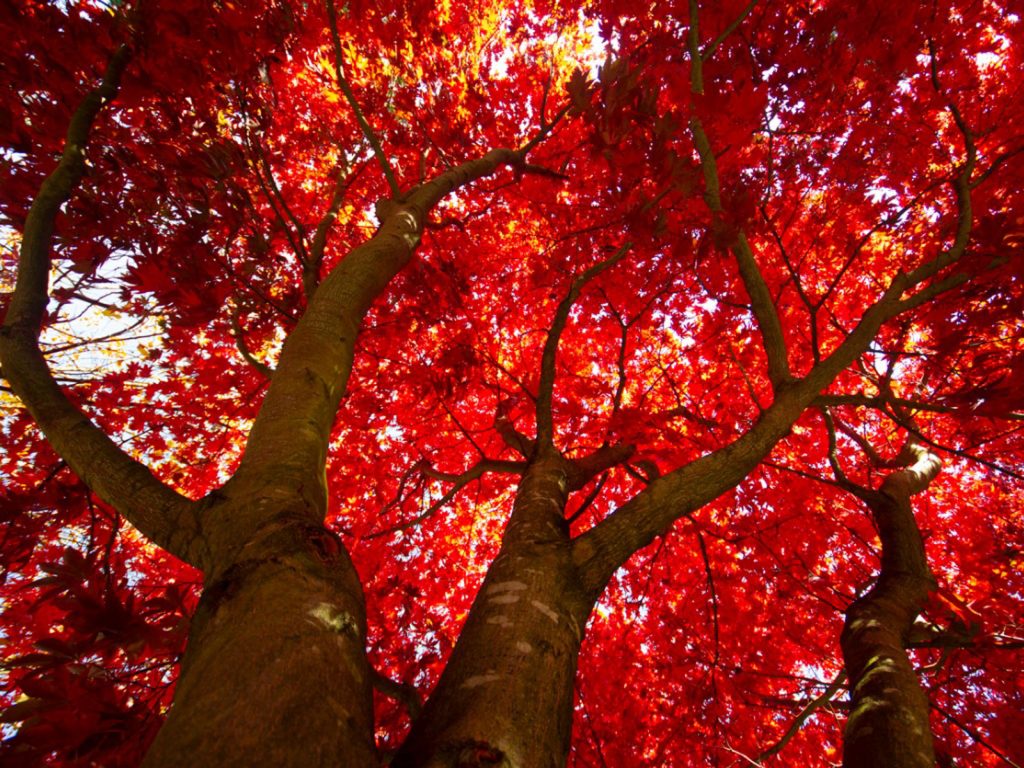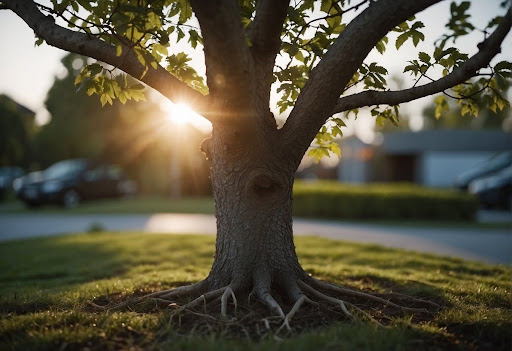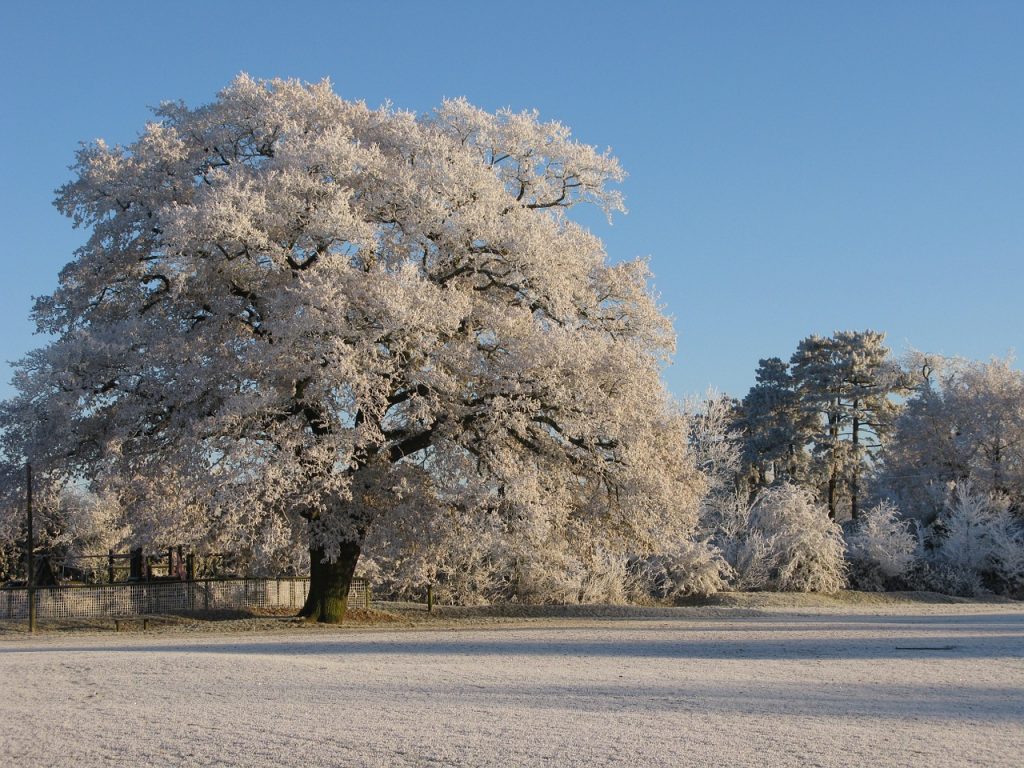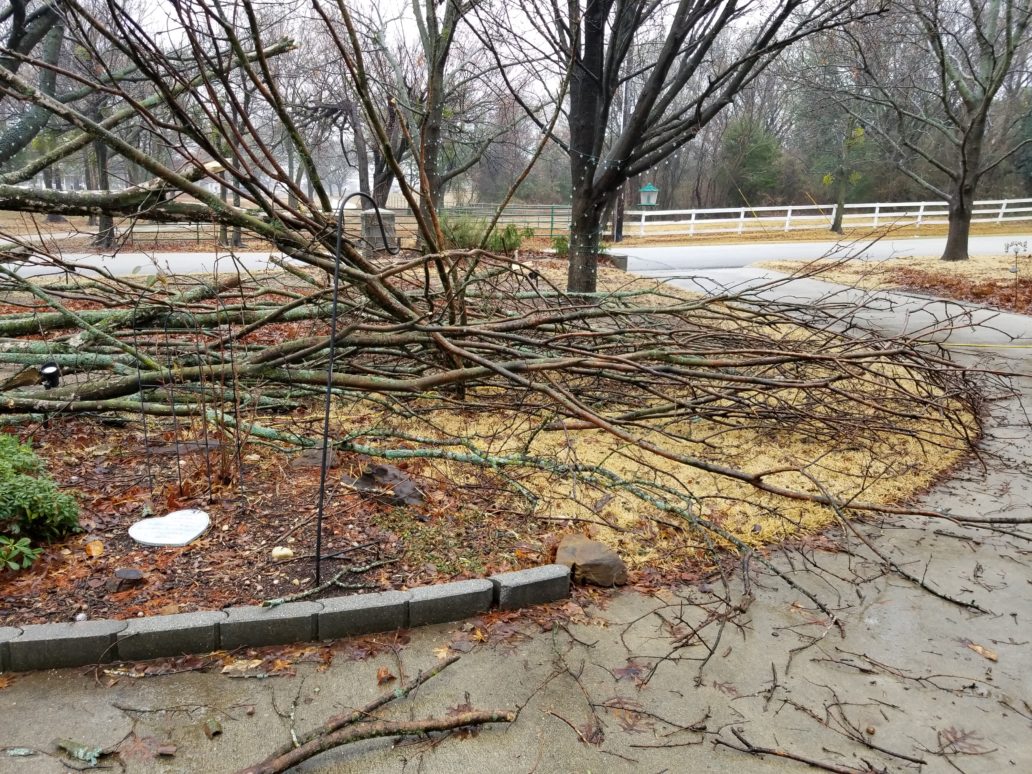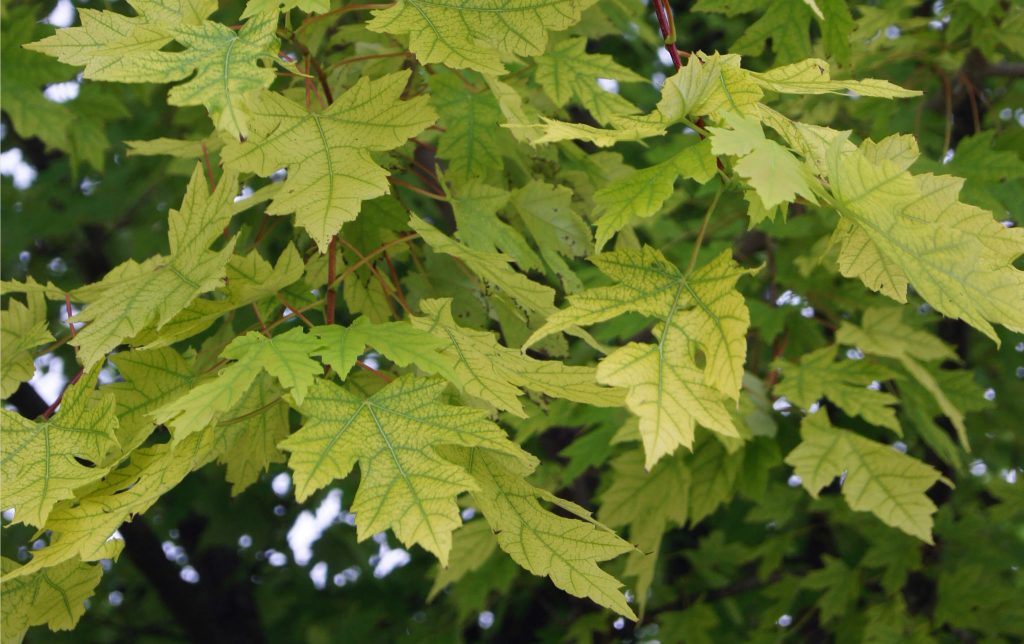
Date September 16, 2021
Category
If you’ve noticed that the leaves on your tree are inexplicably turning yellow, it can be a daunting prospect. Iron chlorosis is one of the most likely reasons for this but, while it’s only natural to worry, the good news is that this situation can still be resolved.
Here’s everything you need to know about preventing and treating iron chlorosis in trees and shrubs throughout the USA. Whether taking the DIY route or calling TreeNewal’s professional tree care specialists, here’s all you need to know about the plant disorder.
What is Iron Chlorosis?
Iron chlorosis in trees is a disorder that affects many landscapes and is primarily linked to a deficiency in iron. It is commonly characterized by the yellowing of leaves and dark green veins. It is a highly complex condition, and there are many possible causes, including soil pH levels, while restricted air movements and poor mineral availability can aggravate the problem further.
Tree damage caused by iron chlorosis can affect an entire plant or be localized to one half or even specific branches. When you notice yellowing leaves, you may be tempted to call tree care experts to complete an iron chlorosis treatment. Before you do, though, it’s important to recognize the other potential causes of these symptoms, including;
- Yellowing leaves is a natural and healthy process for many tree cultivars.
- Insect infestations can cause leaves to turn yellow before they die.
- Many fungi-related pathogenic diseases can cause similar symptoms.
A thorough tree inspection by ISA-certified arborists like TreeNewal can look for tree root damage and confirm the presence of iron chlorosis. However, as a responsible owner who regularly pays attention to tree pruning and other forms of tree protection, an understanding of prevention and treatment is vital.
Tree protection through Iron Chlorosis prevention
Prevention is always the best form of protection, which is why an appreciation of the threats to your tree is vital. The plant culture can play a crucial role in the avoidance of iron chlorosis in trees and shrubs. Reduced water supplies and improved drainage can help. Meanwhile, maintaining a healthy level of oxygen movement should be high on the agenda. Keeping areas suitably aerated is key.
In truth, the choice of tree cultivars is the easiest way to prevent tree damage. When hoping to avoid iron chlorosis, you will want to avoid the following cultivars;
- Amur or Ginnala maple,
- Dawn redwood,
- Red maple,
- River birch,
- Silver maple,
- Sweetgum.
For a complete list of potentially vulnerable cultivars, speak to TreeNewal ISA-certified arborists for further advice.
Iron chlorosis treatment for your tree and shrubs
Even if you’ve taken care when selecting the tree cultivars and managing the soil saturation levels, you may still encounter iron chlorosis in trees. When you do, the proper treatment must be chosen. Professional tree care services can offer a range of solutions to repair the damage and provide long-term tree protection. The best are detailed below:
Iron sulfate-elemental sulfur soil application
Soil applications are the best types of treatment when dealing with individual trees or a small area, mainly when working in the spring. However, it can become a costly process if you are looking at large landscapes. Iron sulfate-elemental sulfur is the first solution and involves treating individual trees with manufactured solutions that include high concentrations of iron.
The process of using iron sulfate-elemental sulfur soil application as an iron chlorosis treatment starts with creating holes that are around 18” deep and 2” in diameter spaced out along the drip line. Then each hole should be filled, leaving a 4” gap at the top of the hole. A 4” trench should also be made around 24” from the tree roots and filled with 1” of solution before being filled with soil.
As well as being an affordable treatment for individual trees and small areas, it can deliver up to 4 years of support for your tree as the resulting acids will neutralize the soil. Furthermore, there is no damage to the plant, although results will take time to show, given the labor-intensive aspects, this option is often best left to professional tree care specialists.
Iron chelates soil application
Iron chelates are another type of soil application treatment that you may wish to use. It is noticeably more expensive while the results don’t last as long, making it a less common answer.
Chelates are a quick solution and can be sprinkled over the affected area, either as a dry solution or a dissolved one. When taking this option, it’s essential to look for a product that includes the FeEDDHA molecule.
Foliar application
A foliar application treatment focuses on the affected leaves, making it one of the fasting-working iron chlorosis treatment solutions. The results may be temporary, but it is a quick solution that can be repeated as required.
The process involves spraying a foliar application solution over the leaves. Several foliar sprays are available on the market, giving you the chance to select the most suitable solution, such as a 0.5 formulation. You may also want to add a wetting agent to help the spray stick to the leaves during the procedure. Due to the application process, it is a process that is best suited to crops. Reaching leaves high on trees will be impractical and difficult to work with any absolute accuracy.
Trunk injection or implantation
Trunk injections are the most complicated iron chlorosis treatment. As such, they should be left to TreeNewal experts or other tree care specialists. However, the process is more affordable than most people assume, while the results can last several years.
The process involves injecting an iron compound directly into the tree’s trunk. The solution can be dry or liquid and added via small holes created in the trunk. Given that some harm is caused to the trunk using a professional is the only answer. They can work with care while looking at the various options, including capsules or plastic tubes. Injections need to be made at the right height, angle, and depth. When done correctly, the uptake rates are particularly pleasing.
As well as choosing the proper method, the right iron compound needs to be selected. Any damage to the tree trunk will be minimal when handled with care, while the iron deficiency will be eradicated.
Take control with TreeNewal professional tree care services
If you suspect that iron deficiencies harm your trees or plants, now is the time to take control of the situation. TreeNewal’s team of ISA-certified arborists can get to the root of your problems, utilizing the proper treatment and implementing tree and shrub protect and feed options to achieve the best possible results.
To learn more about tree care services, including iron chlorosis treatment, get in touch today!
To learn more about Tree Insecticides: Preventing and Treating Iron Chlorosis in Trees and Shrub, TX, call our Argyle and Southlake-based teams
at tel:(817) 592-6846 or send us a message.
We’re a little different than the average tree services company.
Learn more about TreeNewal’s ISA Certified Arborists!
Our Dallas/Fort Worth-based tree doctors can explain how sustainable tree care services add more value to your bottom line.
Healthy trees, healthy lives.
